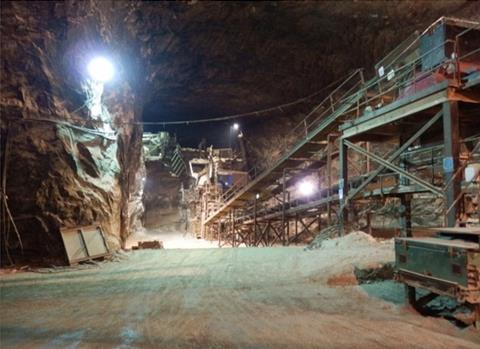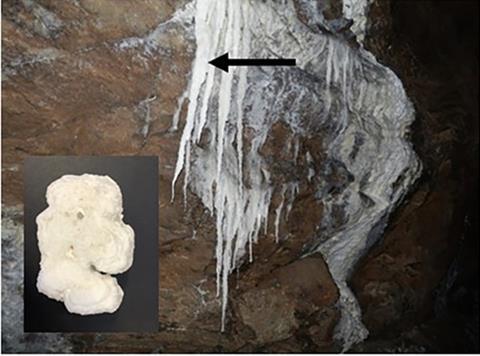Scientists have discovered antibiotic resistance mechanisms called efflux pumps in archaea for the first time.

The team, from Queen’s University Belfast, made the discovery after isolating the microorganism Halorubrum amylolyticum from a salt mine in Carrickfergus, on the coast of Northern Ireland.
The new study, ‘Identification and characterisation of two functional antibiotic MATE efflux pumps in the archaeon Halorubrum amylolyticum’, co-led by Dr. Asma A. Fakhoury and Dr Thomas P Thompson, has been published in the journal npj antimicrobials and resistance.
READ MORE: Researchers reveal how archaea toggle the nitrogen-uptake switch
READ MORE: Unlikely ally: sex hormones help gonorrhea fight off antimicrobials and antibiotics
“This is the first time we’ve seen such mechanisms in archaea, a group of organisms often overlooked in the study of antibiotic resistance. This finding could reshape how we understand and combat microbial resistance,” said Dr Thompson, who was last year named by Applied Microbiology International as the winner of its inaugural John Snow Prize for his research into the role of cold atmospheric pressure plasma to enhance antibiotic effectiveness against bacterial biofilms. He is also a junior editor at AMI journal Letters in Applied MIcrobiology.
Neglected microbes
Dr Thompson said the team had been addressing the growing problem of antibiotic resistance, but with a twist - focusing on archaea, a type of microorganism that doesn’t usually get much attention in this area.
Archaea are a group of micro-organisms that are similar to, but evolutionarily distinct from bacteria. Many archaea have been found living in extreme environments, for example at high pressures, salt concentrations or temperatures. These particular archaea were found in Kilroot Salt Mine beneath Carrickfergus, where they are thought to live within the fluid inclusions of the ‘salticles’ found there.

“Our goal was to figure out how these microorganisms might resist antibiotics, specifically looking at whether they use something called efflux pumps to pump antibiotics out of their cells,” Dr Thompson said.
Genes for efflux pumps
The team started by sequencing the genome of Halorubrum amylolyticum to see if it had genes that might code for efflux pumps. Then they ran a series of tests to see if these pumps were actually helping the organism to resist antibiotics. The experiments confirmed that these pumps are indeed active and play a major role in the organism’s ability to survive in the presence of antibiotics.
“We were surprised to find that certain compounds, known as efflux pump inhibitors, could make the organism much more sensitive to antibiotics. This was unexpected and suggests a new potential way to fight antibiotic resistance—not just in archaea, but possibly in other microorganisms too,” Dr Thompson said.
New piece of the puzzle
“Our findings highlight a new piece of the puzzle in antibiotic resistance. By understanding how archaea resist antibiotics, we can develop better strategies to overcome resistance in a wide range of microorganisms. This is important not just for science, but for public health, as it could lead to new treatments that keep our antibiotics effective.

“Moving forward, we need to dig deeper into how these efflux pumps work, perhaps by studying their structure in more detail. It would also be valuable to explore how these pumps interact with different substances, especially to see if we can develop new inhibitors that might be used in treatments. Understanding the role of these pumps in other environments, like in human health, could also be crucial.”
The study was a collaborative effort, co-led by Dr. Asma A. Fakhoury and Dr. Thomas P. Thompson. Prof. Miraz Rahman was instrumental in creating the detailed molecular models that were key to the analysis. Prof. Brendan Gilmore provided invaluable supervisory support and played a crucial role in shaping the direction of the research, contributing significantly to the intellectual discussions that guided our work. It was a team effort, with each bringing unique expertise to the table to make this research possible.







No comments yet